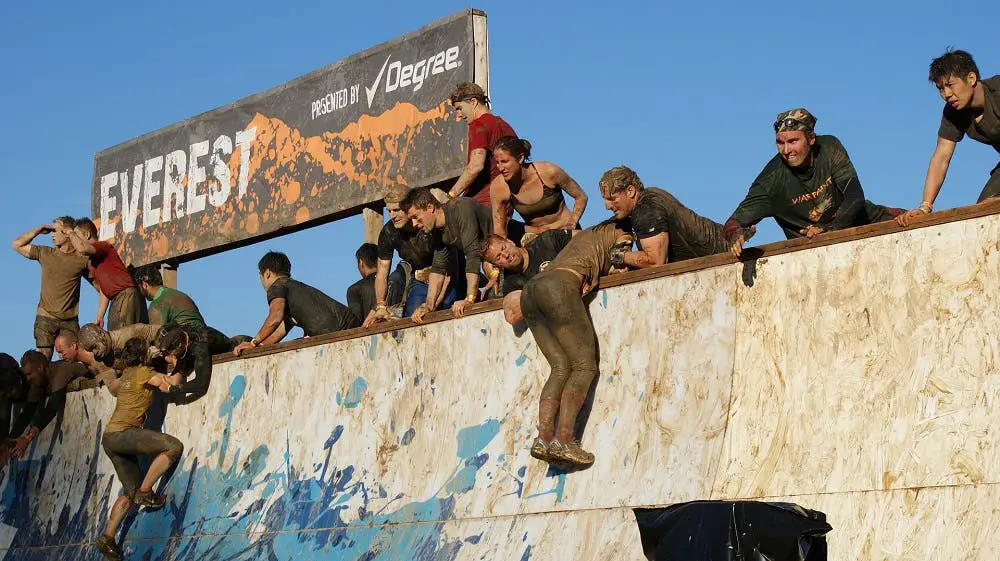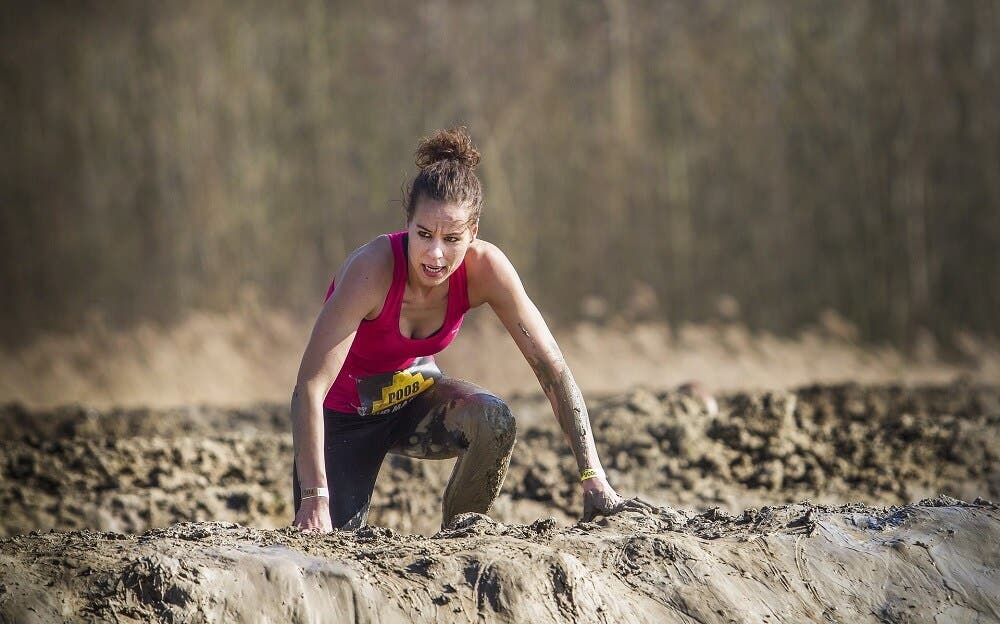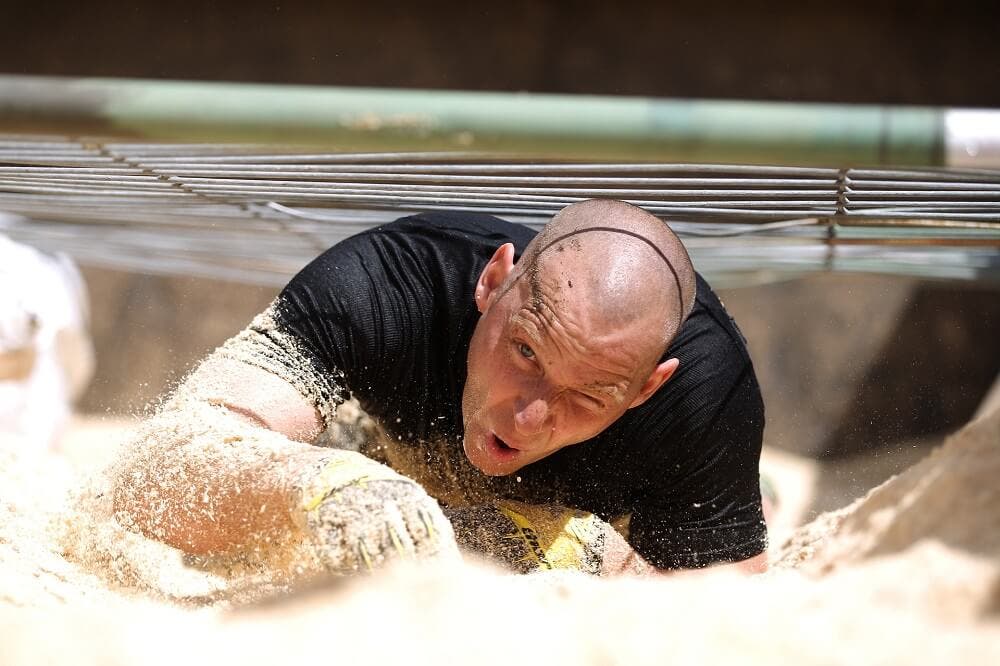Running has been one of the physical activities that most people practice for years. However, practicing the same modality for a long time, especially in the city, can be tiring. Today we explain what an obstacle course is, one of the variants of running , and we tell you how to get in shape before your first obstacle course .
What is an obstacle course?
An obstacle course or OCR, Obstacle Course Racing , is a race where you will have to overcome a series of obstacles during the course . Each race is completely different, since the obstacles can vary, what is common in all is that you must overcome them as quickly as possible.
What kind of obstacle course to choose?
Before training you must choose what type of obstacle course to do, because a 5 km race is not the same as a 13 km one. You should also be clear that not everything is running and some have easier obstacles than others , such as Crazy Race, which is of an advanced level. There are also those that have their own rules, such as the Spartan Race, a trademarked OCR race that is governed by very specific rules within its official events.

As we said, here not everything is running, so you will need muscles and cardiovascular endurance that will allow you to overcome the obstacle course successfully . You will need balance to be able to walk on logs or any unstable surface, power to jump, and strength to move weight. Sometimes it is even necessary to have good aim to stick a spear or shoot at a specific point.
Every 800 meters there is usually an obstacle that you will have to overcome in order to advance in the race. And keep in mind that each failure penalizes.
Get in shape before your first obstacle course
Now you know what an OCR is and what you need to overcome it, so we are going to detail what a basic weekly training routine would look like to get in shape before your first obstacle course. Of course, depending on the specific nature of the race, the training could vary slightly and could need an adaptation.
1. Strength training
During the first day of training you will have to work on strength, so you will need a weight bar. In some exercises you can also use dumbbells.
Before you start, try to discover your 1RM, which is the maximum weight you can handle in one repetition, to work with 80% of it. The training will be 4 × 4, which means that for each exercise you will do 4 sets of 4 repetitions resting for about 3 minutes. As for the exercises that you will have to do in this part of the routine, they are very simple and surely you know them: squats, deadlifts, chest press and bench press . As you gain strength in training, you can add extra pull-ups with ballast on your legs.
If you don’t like to work with the bar and prefer to train with your own body weight, you can do chin-ups, squats and push-ups with weights . If you do not have weights, you can do push-ups resting your feet in a higher place or do squats with one leg.
2. Cardiovascular work, essential to get in shape before your first obstacle course
The second day of the routine you will dedicate to cardiovascular work . You should run at a moderate pace for 45 minutes to 1 hour . At the end of your running session, add 4-6 sets of plank exercises of 20-40 seconds each.

3. Weight bearing and burpees
For this phase of the training we propose two parts. Find a weight you can carry between 10 and 15 kg and a rope to climb. The routine consists of climbing the rope and, right after, running with the weight between 200 and 300 meters . If you can’t get a rope to climb you can do 7 or 8 pull-ups without ballast.
Now comes the part where the burpees are the protagonists. You must bear in mind that in many tests the penalty is to do series of burpees . So improving your time will help you to work your anaerobic capacity and gain time in the race. The training is simple, start by doing between 3 and 6 burpess during the first minute and add one more . The exercise ends when you don’t have time to finish them or you can’t take it anymore.
Burpees are easy to do and you will have time to rest at first, but it will end up being a strenuous exercise.
4. Gentle cardio or rest
Here you have two options depending on your physical condition and time. You can rest or do mild cardiovascular activities , such as cycling or swimming. Of course, always at a moderate pace.
5 race against the clock
On the fifth day we suggest you do a race against the clock or time trial . That is, to travel a certain distance in the shortest possible time.
Set yourself a distance of between 3 and 5 km and, every week, do the same circuit trying to improve your previous time.
6. Obstacle course
During the sixth day we suggest you do something similar to what you will find in the race but smoother. Depending on the career you have chosen, you will do one thing or another. For example, if it is the 10 km you will start with 7 and every 10 minutes you will do 20 strides and 10 push-ups . But this is not all, when you encounter an obstacle, such as benches, stairs or walls, you will have to try to overcome them by climbing, running or jumping.
As the days go by, you will have to change the circuit and overcome different obstacles, alternating mountain and city areas.
Always run at a smooth pace to regain strength, since the objective is to overcome obstacles, perform the exercises and finish the marked race without stopping.

7. Rest
There are no gentle activities or any kind of exercise here. During the seventh day he rests to regain strength .
Types of obstacles
You already have the training routine to achieve that position on the podium that you want so much. Now it’s time to know the type of obstacles that you are going to encounter in your career.
- Rope: It is one of the best known and a classic in all competitions. You must have strength and technique to climb it.
- Weight: Another of the most common tests is to load wheels, sandbags or stones and travel a certain distance with them.
- Walls: Whether it is a straight or angled wall, you must overcome walls that will go from one and a half to two meters high.
- Crawling: You will have to crawl in the military style and fill yourself with mud. You will have to alternate dragging with rolling horizontally to overcome obstacles.
- Big wheels: You will have to tip or drag them.
- Bars: You may have to pass a bar circuit and you will have to move as if you were an ape.
You will have to adapt this routine progressively in the weeks leading up to the competition and also as you improve. Keep in mind that the week before the competition you should slow down and do light exercises.
Remember to take good care of your diet during the training weeks with a diet rich in carbohydrates and proteins but low in fat. If you follow this intense training, you will gain the necessary physique to finish the obstacle course in the shortest time possible.
And, as we always say, if you have questions about training or eating, the best thing you can do is enlist the help of a personal trainer and a nutritionist.